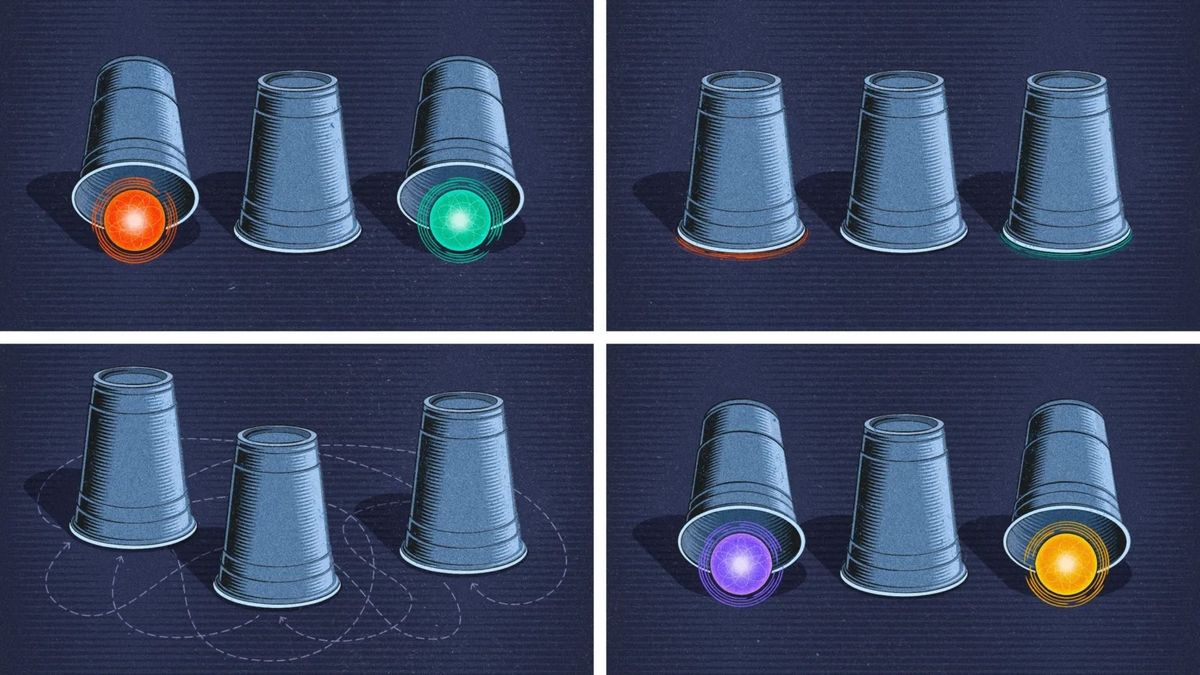Now Reading: Scientists Explore ‘Paraparticles’ as a Potential Third Quantum Realm
-
01
Scientists Explore ‘Paraparticles’ as a Potential Third Quantum Realm
Scientists Explore ‘Paraparticles’ as a Potential Third Quantum Realm

Quick Summary:
- Finding: Physicist Zhiyuan Wang accidentally discovered a mathematical depiction of a new type of quantum particle, termed “paraparticles,” in 2021, leading to further research with adviser Kaden Hazzard.
- Publication: Wang adn Hazzard published their findings in nature (January 2024), indicating the theoretical existence of paraparticles, distinct from fermions and bosons.
- Existing Paradigm: Fermions are matter particles restricted from occupying the same state simultaneously. Bosons, on the othre hand, can share states infinitely (e.g., light particles forming lasers). Paraparticles may lie somewhere between these behaviors due to unique internal properties.
- Challenges to Theory: Historically denied by the DHR theorem (1970s),which stated only fermions and bosons can exist under locality rules.Tho, paraparticle models presented now challenge these assumptions by introducing hidden quantum states capable of changing during particle swaps.
- Independent Verification: Markus Müller’s team proposed formal constraints against paraparticle theory using quantum superposition principles but did not contradict Wang’s findings explicitly.
- Future Implications: The existence of paraparticles could enable new materials based on their ability to hold intermediary state densities compared to bosons/fermions. Their realization is currently theoretical but possibly achievable through experiments using Rydberg atoms.
Indian opinion Analysis:
The research into paraparticles expands possibilities for understanding basic physics and represents significant progress toward reevaluating core assumptions that have governed particle theory for decades. For India-a nation steadily growing it’s investments in physics research-exploring such groundbreaking ideas presents potential avenues for contributing meaningfully to global scientific advancements. Proactive engagement might involve facilitating high-energy physics experiments or partnering with labs working on quantum simulations like those utilizing Rydberg atom systems.
Additionally, innovations stemming from novel material properties linked to imagined paraparticle behavior could have implications ranging across computing technologies (quantum computers) and national infrastructure planning designed around advanced materials science initiatives.
India’s increasing focus on developing indigenous scientific expertise aligns well with foundational discoveries like these; thus fostering local capacity-building efforts in experimental physics tied closely with theoretical exploration could offer both academic prestige and practical economic benefits over time.Read more























